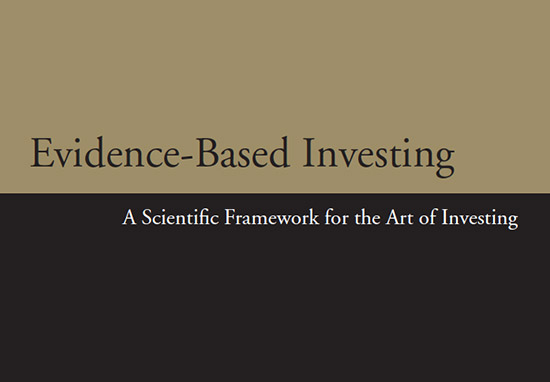What Makes Sequence of Returns Risk So Dangerous
From: thinkadvisor.com
Ron Surz uses a thought experiment to clarify sequence of returns risk and its perilous implications for target-date investors
We recently advised readers of an obvious but overlooked retirement risk — what retirement planner Dirk Cotton calls sequence of consumption risk.
Now Ron Surz, target-date fund expert and alert ThinkAdvisor reader (and contributor), warns of another obvious but overlooked risk related to sequence of…


